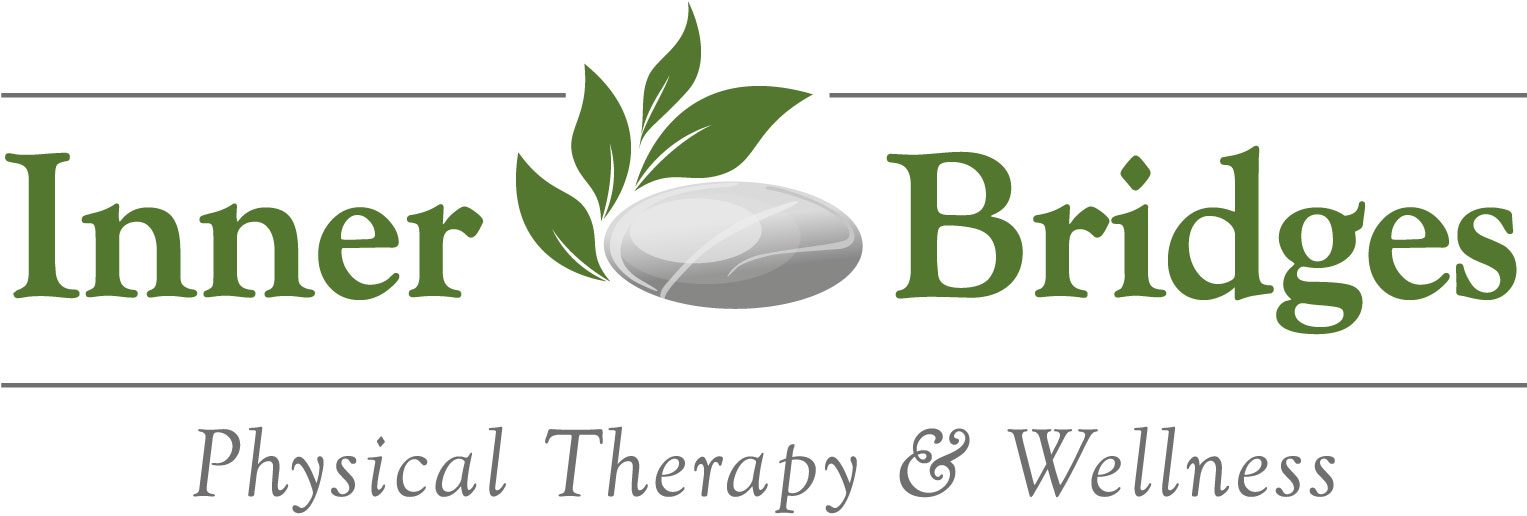RECOVERING FROM PAIN
At Inner Bridges we are passionate about helping you recover from pain. Everyday I see people in pain that are looking for answers. People that have been told their only options are to take pharmaceuticals to manage the pain, stop doing an activity they love or just learn to live with the pain. I see people that have had serious surgical procedures only to be left with more pain. I have worked with people who have been shamed about their pain and treated as if they were making it all up. Pain is your body’s way of telling you something is wrong and there is ALWAYS a reason why you are in pain. It’s our job to figure out what is causing your pain and to help you fix it.
WHERE DOES PAIN COME FROM?
Determining the origin of pain is often very complex. Sometimes we are aware of what is causing our pain and sometimes we are not. Even when we are aware of the origin of the pain we don’t know why the problem happened. Low back pain is a good example of this. I think most people assume that if you have pain in your back, the pain is coming from your back. Maybe you have had an MRI and you know for a fact that you have a bulging disc putting pressure on a nerve root and that’s whats causing the pain. But what’s causing the disc bulge? We tell ourselves we are just getting old or our dad had a disc bulge so it must be genetic or we just sit too much. Why then, for example, doesn’t everyone over 40, or your sister, or everyone that sits too much have a disc bulge? If you have a surgery to cut off a piece of bone or disc to take pressure off that nerve root what’s to prevent the next disc from bulging a year later if you don’t find and fix the real cause of the pain? For example I have had many patients who have had disc bulges or ruptures because of tailbone problems from old injuries or accidents, systemic inflammatory conditions from food allergies, pelvic floor spasm after child birth or from uterine fibroids, chronic bladder infections, head trauma, hip impingement and much, much more. Figuring out the puzzle of where your pain is really coming from is our specialty.
CONNECTING THE DOTS TO STOP YOUR PAIN
Depending on the severity, chronicity and complexity of your pain or pain condition we will develop a treatment plan to address and correct each of the findings of the evaluation in the order that will be most effective and efficient. Most pain patients that have already tried other therapies and they have not worked or no longer work will have several variables contributing to the problem. For example, a patient is coming to Inner Bridges for persistent, nagging right neck and shoulder pain. They have had the pain for years on and off but it has recently been unrelenting and the usual heat and stretching regime is no longer helping. There is no obvious injury history or clear diagnosis from any of the medical doctors she has seen. The patient feels as though there is a relationship between the pain and a car accident she was in as a teenager where she hit her head, but she had no obvious injuries at the time.
We do an evaluation and find 3 things. There is a descended sacrum, thoracic inlet compression and a very congested liver. A descended, or dropped down sacrum (tailbone), usually occurs from hits to the head or upper back. When you have this it produces a lot of pull and tension at the upper neck and creates a forward head posture. The thoracic inlet is where the two collar bones come together at the base of the throat and compression here can occur for many reasons but often it is due to diaphragm shortening from a prolonged forward head. The liver can get congested (picture a wet sponge) from many things including a deficient gallbladder, too much waste coming from the GI tract, diets high in refined sugars including alcohol etc. It is very common for people to have organ related issues even though their bllod work looks fine and their primary care doctor tells them nothing is wrong with them. The measurements used in laboratory testing are intended to find major problems not minor ones. When the liver is inflamed, irritated, injured, over burdened or congested it can refer pain to the right neck and shoulder area.
Once this information has been gathered we continue the process of differential diagnosis to determine the best place to begin. Based on the nature and behavior of the symptoms, the findings, questioning and observation we would likely in this case prioritize the liver which may include just manual therapy for the liver and associated structures, a combination of manual therapy and dietary recommendations, a combination of manual therapy, diet and nutritional supplement recommendations, or if the problem seems severe, we may refer this part of the care out to one of our more specialized medical colleagues to address. Once some progress has been made with the liver and the symptoms begin to improve we would next move on to address the structural problems at the tailbone and thoracic inlet. Along the way homework would be given to adjunct the treatment plan.
